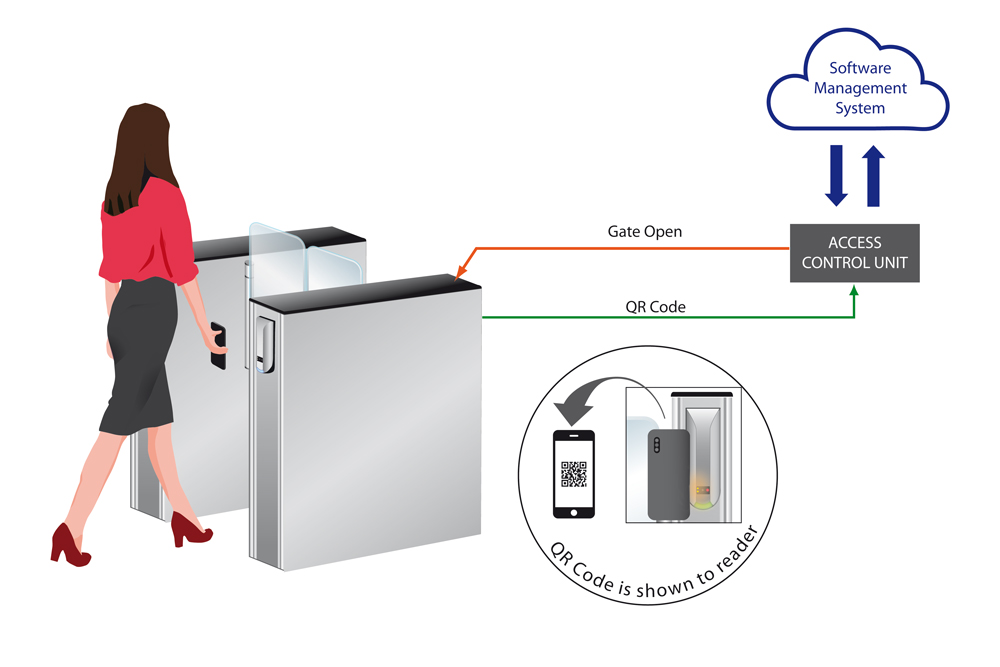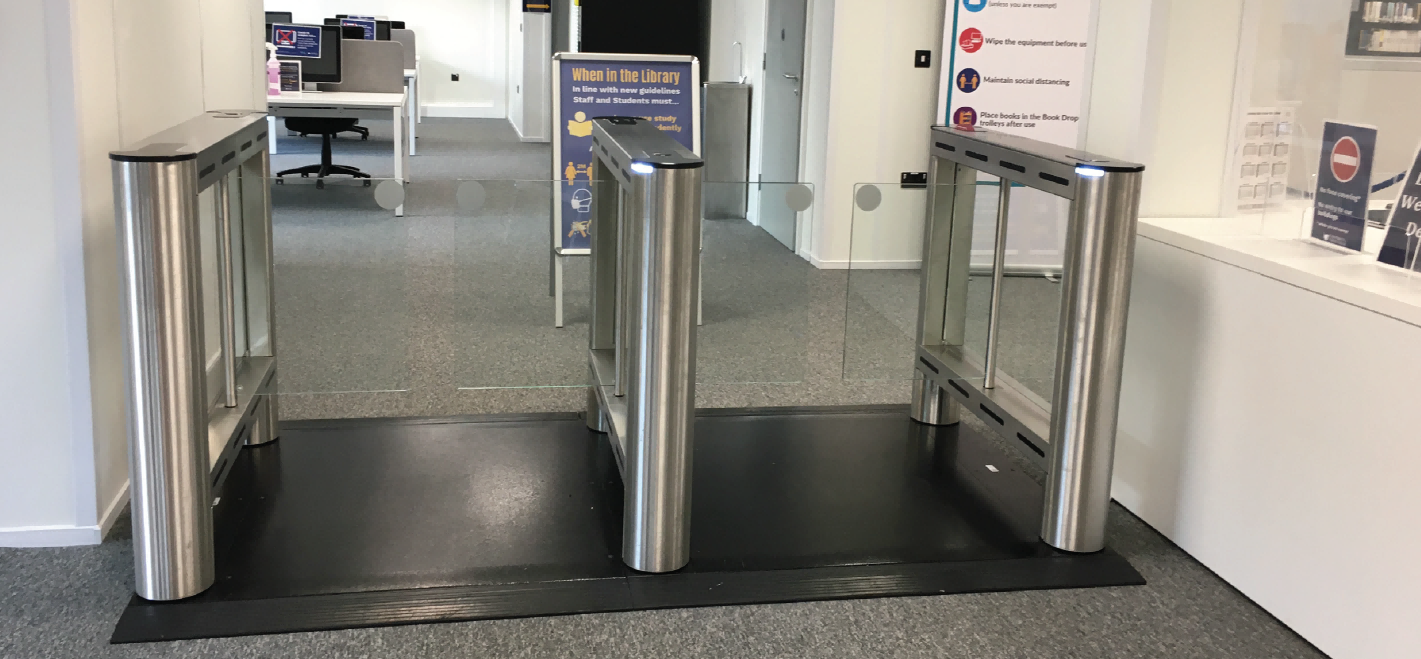Shenzhen Xingtong IOT Technology Co., Ltd.
Barcode Scanner Manufacturer with development & Invention ability

Today, the access control system industry is quite mature and is developing in the market with a stable trend. Office buildings, smart communities, hotels, apartments and other fields have many access control applications, as the first line of defense to protect people's personal and property safety.

At present, the access control systems on the market mainly include biometric access control, Bluetooth access control, 2D code access control, etc. Among them, 2D code access control has attracted more and more attention due to its low-cost, intelligent and efficient management mode.
As one of the core technologies of the perception layer of the Internet of Things, I believe that everyone is not unfamiliar with the 2D code. The 2D code technology is widely used in various industries and fields because of its high speed, accuracy and high reliability. The 2D code access control is based on two Dimensional code technology is one of the devices that is used for the access control system.

Users can open the door just by scanning the code on their mobile phone. They do not need to carry an access card when they go out or go home, saving the trouble of carrying a physical card or forgetting the card. It is more intelligent and user-friendly, and when there are guests visiting, there is no need to run downstairs. Open the door, take out your mobile phone to apply for a "QR code pass", and through the owner's authorization, send the QR code to the guest for verification to realize the self-opening door, saving manpower and material resources.
2D code access control is divided into static and dynamic. Static 2D code access control is an intelligent access control system using a fixed 2D code. Because it is in a state of no change, it is prone to security problems. The dynamic QR code is a derivative of the static QR code based on potential security risks. The dynamic QR code is time-sensitive and is not easy to be copied by others. It will automatically expire after the expiration date, and the protection of the QR code has been greatly improved. The loss caused by the stolen QR code is greatly reduced.

In addition, most of the access control manufacturers will now connect to WeChat to improve intelligence. Users only need to scan the code through the WeChat applet or generate a dynamic code and send it to the visitor to enter, and the QR code access control supports offline work. You can scan the code to enter and exit anytime, anywhere.
From the perspective of development, most of the QR code access control is currently widely used in first- and second-tier cities. It is believed that with scale and low cost, it will gradually develop and popularize in third- and fourth-tier cities.



